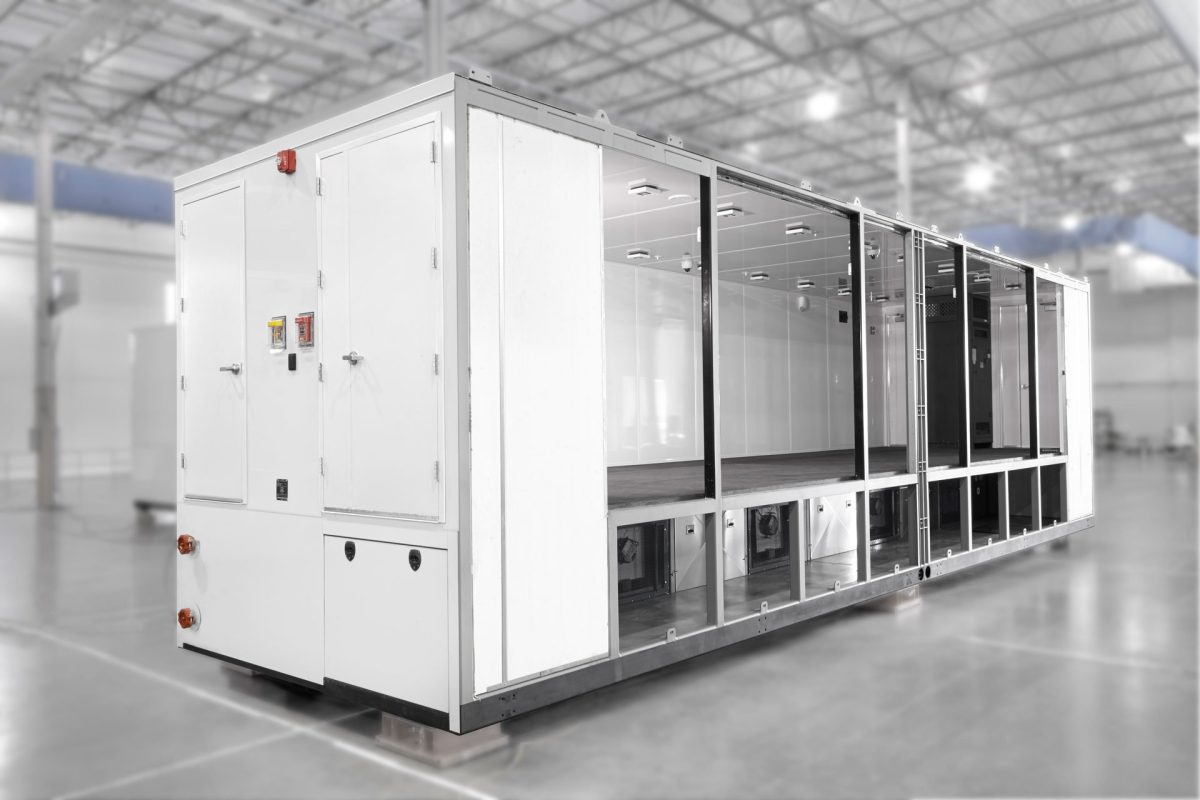Transforming Shipping Containers: Innovative Uses in Modern Architecture

In recent years, shipping containers have transcended their original purpose of transporting goods across oceans. Architects, designers, and builders worldwide have embraced these steel boxes as a versatile and sustainable building material, giving rise to an innovative trend in modern architecture. Transforming shipping containers into functional and aesthetically pleasing structures is not only a testament to human creativity but also a sustainable solution in a world increasingly focused on reducing waste and environmental impact. This article delves into the exciting ways shipping containers are being repurposed in modern architecture, highlighting their benefits, challenges, and some inspiring examples.
The Rise of Container Architecture
Shipping containers, with their robust, standardized dimensions, offer a unique opportunity for architects to explore new design possibilities. The trend of container architecture began gaining traction in the early 2000s, driven by the need for cost-effective, eco-friendly, and quick-to-construct buildings. As global trade expanded, millions of containers started to pile up at ports, many of them no longer in use. Architects saw potential in these idle containers, which were structurally sound and designed to withstand harsh conditions.
Benefits of Using Shipping Containers in Architecture
- Sustainability: One of the most significant advantages of using shipping containers is their contribution to sustainability. Repurposing containers reduces the need for new building materials, thereby minimizing the environmental footprint. Instead of letting these containers rust away in ports, they are given a second life, helping to reduce waste.
- Cost-Effective: Shipping containers are relatively inexpensive compared to traditional building materials. Their availability in abundance means they can be purchased at a fraction of the cost of conventional construction materials, making them an attractive option for affordable housing projects and other budget-conscious developments.
- Durability: Designed to endure the rigors of international shipping, containers are incredibly durable. Made of corten steel, they are resistant to harsh weather conditions, corrosion, and heavy loads. This makes them an excellent choice for structures in extreme environments.
- Versatility: Shipping containers come in standard sizes, making them modular and easy to stack or arrange in various configurations. This versatility allows architects to experiment with different layouts and designs, creating everything from simple single-container cabins to multi-story complexes.
- Speed of Construction: Container-based buildings can be constructed much faster than traditional structures. The basic framework of the building is already in place, requiring only modifications and interior work. This makes container architecture ideal for projects with tight deadlines.
Innovative Uses of Shipping Containers in Architecture
- Residential Homes: One of the most popular applications of shipping containers in architecture is residential housing. From compact single-family homes to larger multi-unit developments, containers provide an affordable and sustainable solution to the housing crisis in many parts of the world. For instance, the “Container House” movement has gained momentum in countries like the United States, Canada, and Australia, where people are opting for minimalist, eco-friendly living spaces.
- Commercial Spaces: Shipping containers are also being used to create unique commercial spaces. Pop-up shops, cafes, and offices constructed from containers are becoming increasingly popular in urban areas. These structures are not only eye-catching but also offer flexibility for businesses that need temporary or mobile solutions. Boxpark in London is a prime example, featuring a shopping center made entirely of shipping containers.
- Educational Facilities: In regions where traditional building materials are scarce or too expensive, shipping containers have been repurposed into schools and educational facilities. For example, the “MUVBOX” school in Côte d’Ivoire is an innovative container-based school that provides much-needed educational infrastructure in a remote area.
- Emergency Shelters: Shipping containers are increasingly being used to create emergency shelters in disaster-stricken areas. Their durability and ease of transport make them ideal for providing quick and safe housing to those in need. After the 2010 earthquake in Haiti, containers were used to construct temporary housing for displaced residents.
- Art and Cultural Spaces: Containers have also found a place in the art world, being transformed into galleries, studios, and performance spaces. Their industrial aesthetic provides a unique backdrop for artistic expression, and their mobility allows for temporary or traveling exhibitions.
Challenges and Considerations
While shipping containers offer many benefits, they also present some challenges. For one, insulation is a critical concern. Containers are made of steel, which is an excellent conductor of heat and cold. Without proper insulation, container buildings can become uninhabitable in extreme weather conditions. Additionally, modifications such as cutting and welding steel require specialized skills and equipment, potentially increasing construction costs.
Another consideration is zoning and building codes. In some areas, using shipping containers as permanent structures may face regulatory hurdles. It’s essential to work with local authorities to ensure that container buildings comply with all relevant codes and regulations.
Conclusion
The transformation of shipping containers into functional and innovative architectural structures is a testament to human ingenuity and the growing emphasis on sustainability in the modern world. From homes to schools, and shops to emergency shelters, container architecture offers a versatile and cost-effective solution to many of today’s building challenges. As the world continues to seek ways to reduce waste and minimize environmental impact, the use of shipping containers in architecture is likely to grow, inspiring even more creative and groundbreaking designs.

